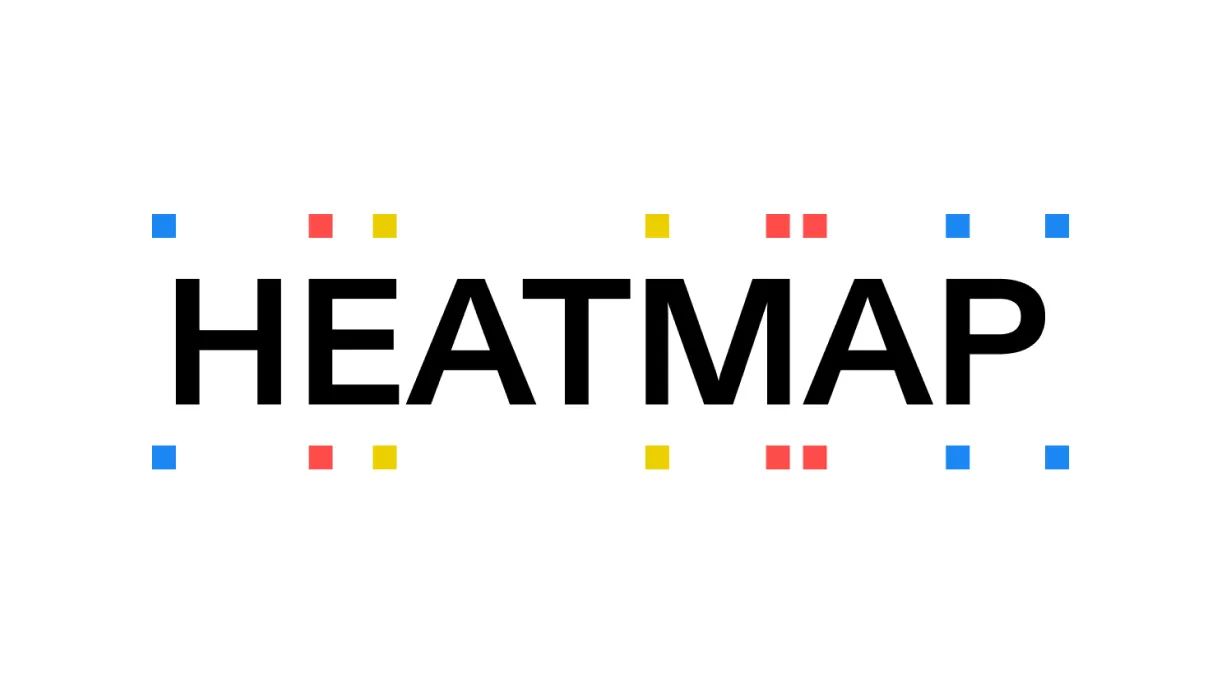How a natural gas-powered Bitcoin miner became a darling of climate tech

By Katie Brigham
Categorizing Crusoe Energy is not easy. The startup is a Bitcoin miner and data center operator. It’s a “high-performance” and “carbon- negative” cloud platform provider. It’s a darling of the clean tech world that’s raised nearly $750 million in funding. The company has historically powered its operations with natural gas, but its overall business model actually reduces emissions. Confused yet?
Here are the basics. The company was founded in 2018 to address the problem of natural gas flaring. Natural gas is a byproduct of oil extraction, and if oil field operators have no economical use case for the gas or are unable to transfer it elsewhere, it’s often simply burned. If you, like me, have spent time sourcing stock images of air pollution, you’ve probably seen the pictures of giant flames coming out of tall smokestacks near oil pump jacks and other drilling infrastructure. That’s what flaring natural gas looks like, and it is indeed terrible for the environment. That’s largely because the process fails to fully combust methane, which is the primary component of natural gas and 84 times more potent than carbon dioxide over a 20 year period.
That’s where Crusoe comes in. The company’s co-founder, president, and chief operating officer, Cully Cavness was working in the oil and gas industry when he realized that stranded natural gas could be harnessed to power Bitcoin-mining data centers if they were sited directly next to the oil field infrastructure. Burning natural gas for electricity production fully combusts methane, producing CO2 as a byproduct. Still bad, you might say! But it’s definitely not as bad as methane leaking into the atmosphere via flaring, the status quo where Crusoe operates.
So regardless of what one might think of the utility of Bitcoin mining overall, “if you were to delete what we’re doing you would just have a big ball of fire and that would be worse,” Cavness told me.
Plus, it’s dirt cheap. “It is the lowest cost way to generate power that we’ve ever seen,” Cavness said, though he wouldn’t disclose exactly how much Crusoe pays the oil companies for their natural gas. “This is truly a waste product. I mean, there is no value being ascribed to it.”
According to Crusoe’s most recent ESG report, for every ton of CO2 equivalent that the company produced in 2022, it reduced over 1.6 tons through avoided methane emissions. And the opportunity for growth is enormous. “There is a huge amount of flared gas around the world,” Cavness said. “If you captured it all, it would power like two thirds of all of Europe’s electricity and it would power the entire data center industry many times over.”
Of course, in an ideal world, flared gas wouldn’t even be an option. There have been some state level-efforts to ban “routine flaring” in Colorado, New Mexico, and Alaska, but enforcement has often fallen short. “Nothing about flaring should be routine,” Deborah Gordon, a methane expert at the think tank RMI, told me. “It should be an emergency piece of equipment. It’s there to handle a burst of gas that would otherwise present a safety problem to the people on the ground.”
But in the places where Crusoe operates, Cavness said flare gas is available 98% to 99% of the time. Today, the company has about 30 sites located throughout all the major oil fields in the U.S., plus one facility in Argentina.
Gordon views circumstances like this, where gas is being perpetually flared, as “opportunities to decommission” oil wells. But given sheer demand, that may not be an economically or politically feasible solution in the short term. Last year was a record-setting one for oil production, as the U.S. pumped more than any country had in history.
So given that oil isn’t going to disappear overnight, this particular fossil- fuel powered Bitcoin miner has been wildly successful with climate- focused investors. Two years ago, Crusoe closed its $350 million Series C round, led by clean tech investor G2 Venture Partners with participation by existing climate tech venture firms Lowercarbon Capital and MCJ Collective, among others.
“It’s not just the lowest hash rate for Bitcoin mining, or the cheapest cost of compute. It’s also the greenest and when those two things are true, you’ve got an amazing business on your hands,” Clay Dumas, a partner at Lowercarbon Capital, told me. He views shutting down oil fields that flare natural gas as simply “not tractable” given today’s energy environment.
But now Crusoe is shifting its focus on multiple fronts. Cavness told me the company never planned to build its long-term business solely around Bitcoin mining, though historically nearly all of its revenue has come from the famously volatile world of cryptocurrencies. His co-founder, Chase Lochmiller, has a masters in computer science with a focus on artificial intelligence and has long understood AI’s energy demands.
“And so since way before ChatGPT, we’d had a view that GPU computing was going to be actually the bigger opportunity and the bigger driver of data center power demand. And if we could align that with wasted energy sources and other curtailed energy sources, it could be a really effective approach to reduce costs and also reduce emissions,” Cavness told me.
Last year the company expanded its Crusoe Cloud service, which is essentially its version of Amazon Web Services or Microsoft Azure. It works like this: Crusoe builds the data centers (or co-locates with existing facilities), buys the GPU servers, and operates a software layer on top of it all. Then, companies looking to train AI models or synthesize large datasets pay to access Crusoe Cloud over the internet, remotely spinning up Crusoe’s GPU clusters to do the hard lifting.
Last month, Cavness said that the majority of the company’s revenue came from its AI data centers, outpacing Bitcoin revenue for the first time. If all goes according to plan, AI will comprise more than 75% of the company’s revenue by year’s end. “You couldn’t really have timed the launch of a cloud business focused on generative AI much better than they did,” Dumas told me.
Then, as the world (potentially and eventually) moves away from oil, Crusoe is also shifting its focus towards stranded renewable assets. That means sourcing power from areas where there’s excess wind, solar, hydropower, or geothermal on the grid, which leads to curtailment or negative pricing for these resources. “So that’s how we think about operating on the other side of the energy transition,” Cavness told me. This business model, he said, creates an incentive for renewable operators to build even more capacity, since they know they’ll have customers for their excess energy.
Of course, Crusoe isn’t the only company and data centers aren’t the only industry looking to access the cheap power that standed renewables can supply. Excess clean energy could be used to make green hydrogen, provide heating and cooling for buildings, operate direct air capture facilities, or power microgrids. If renewables are used to mine speculative cryptocurrencies, many would likely argue there are worthier opportunities.
But high compute data centers — whether they’re mining Bitcoin or training AI models — do have one major advantage. “You can talk about highest use from a CO2 avoidance standpoint. But generally, the market is going to treat highest use as the greatest willingness to pay,” Dumas told me. “At this particular moment, it’s hard for me to imagine any application that has a higher willingness to pay, and that is more deployable than data centers.”
Crusoe wouldn’t reveal what portion of its operations run on renewables vs. natural gas. The company’s current focus is expanding its Crusoe Cloud service in Iceland, partnering with an existing data center that’s powered by the country’s abundant hydropower and geothermal energy. Crusoe also says it’s working to develop domestic behind-the-meter wind and solar projects, which would be separate from the main grid and directly supply their data centers with power, though none have been formally announced yet.
Ultimately though, whether Crusoe uses renewables or flare gas, whether it mines Bitcoin or trains AI models, investors have decided that it’s undeniably better than business as usual. “You can complain all you want about the carbon emissions of Bitcoin and compute, but they’re not going anywhere except for up,” Dumas told me, saying it’s incumbent upon us to bring this new computational power to market as cleanly as possible. “And that’s really what Crusoe’s in a position to do.”
Source: https://heatmap.news/technology/bitcoin-mining-ai-crusoe


